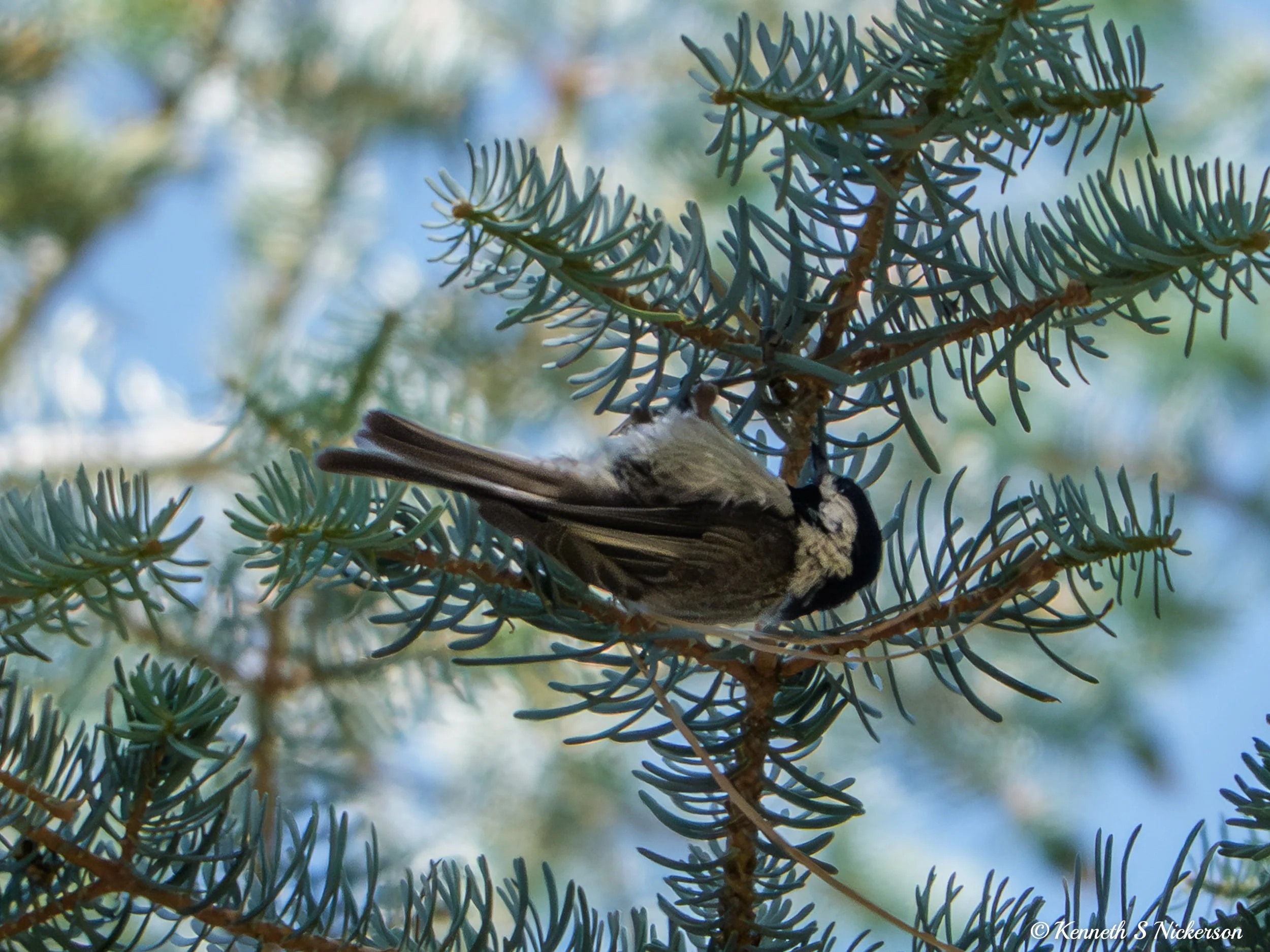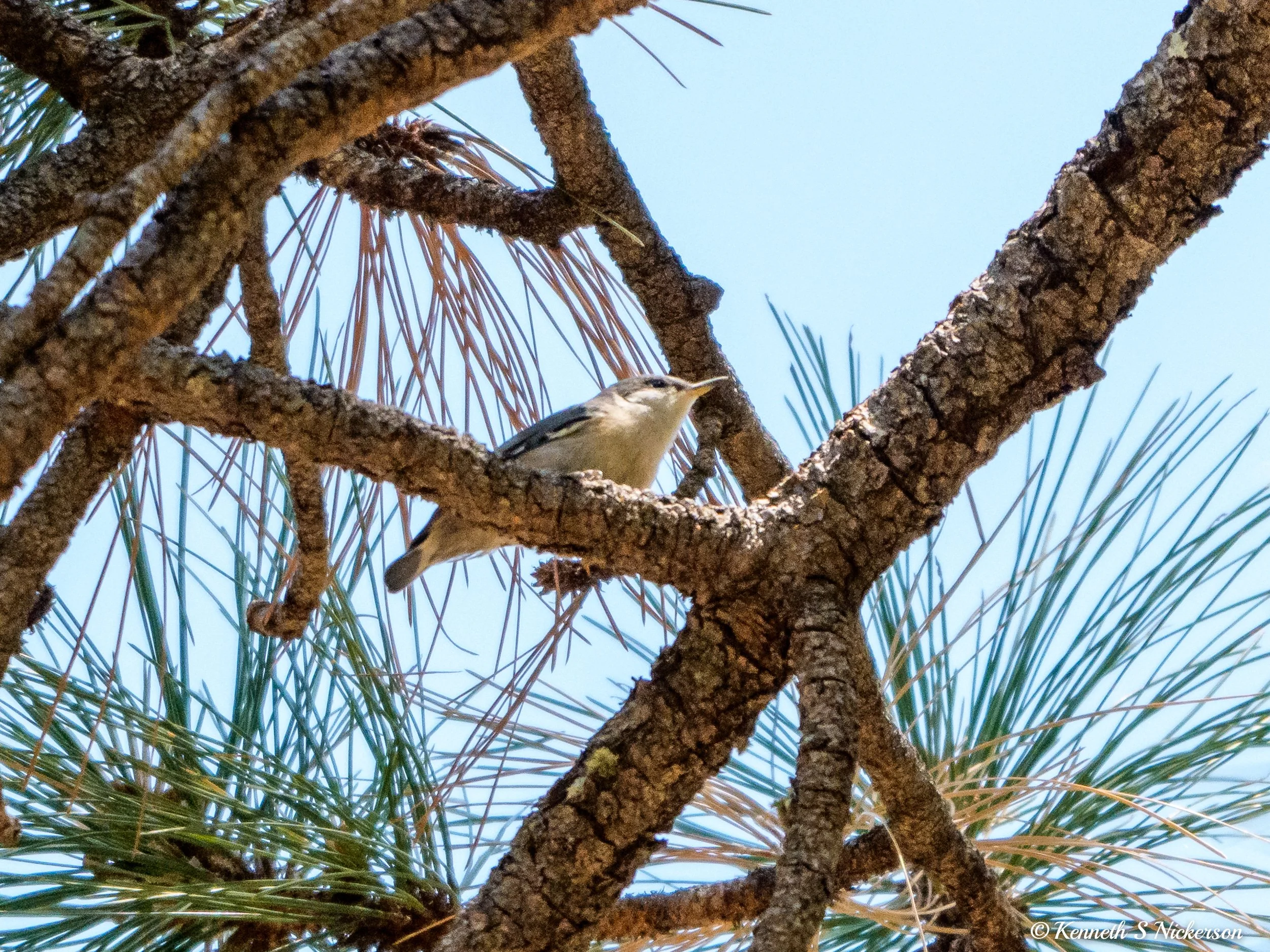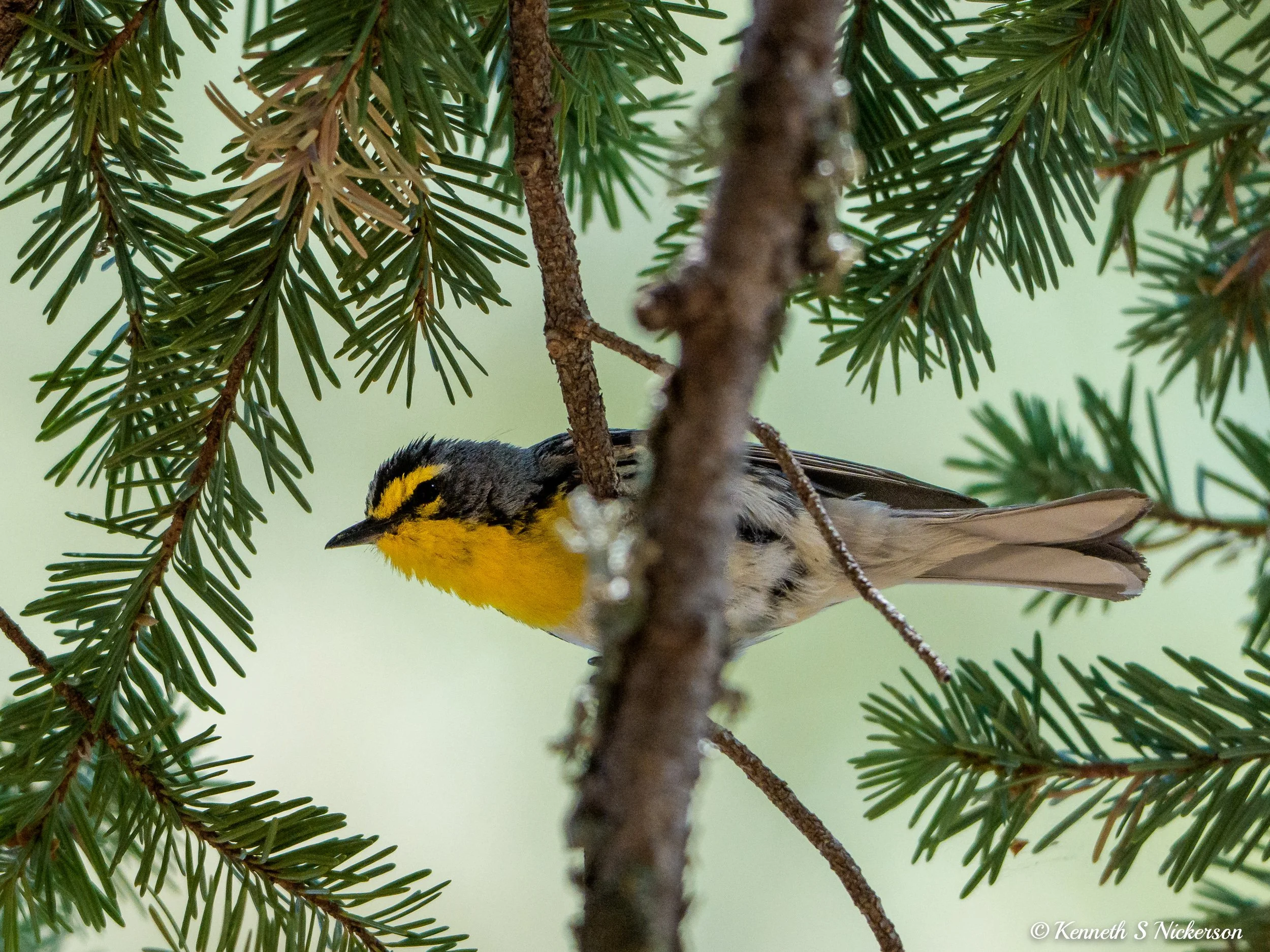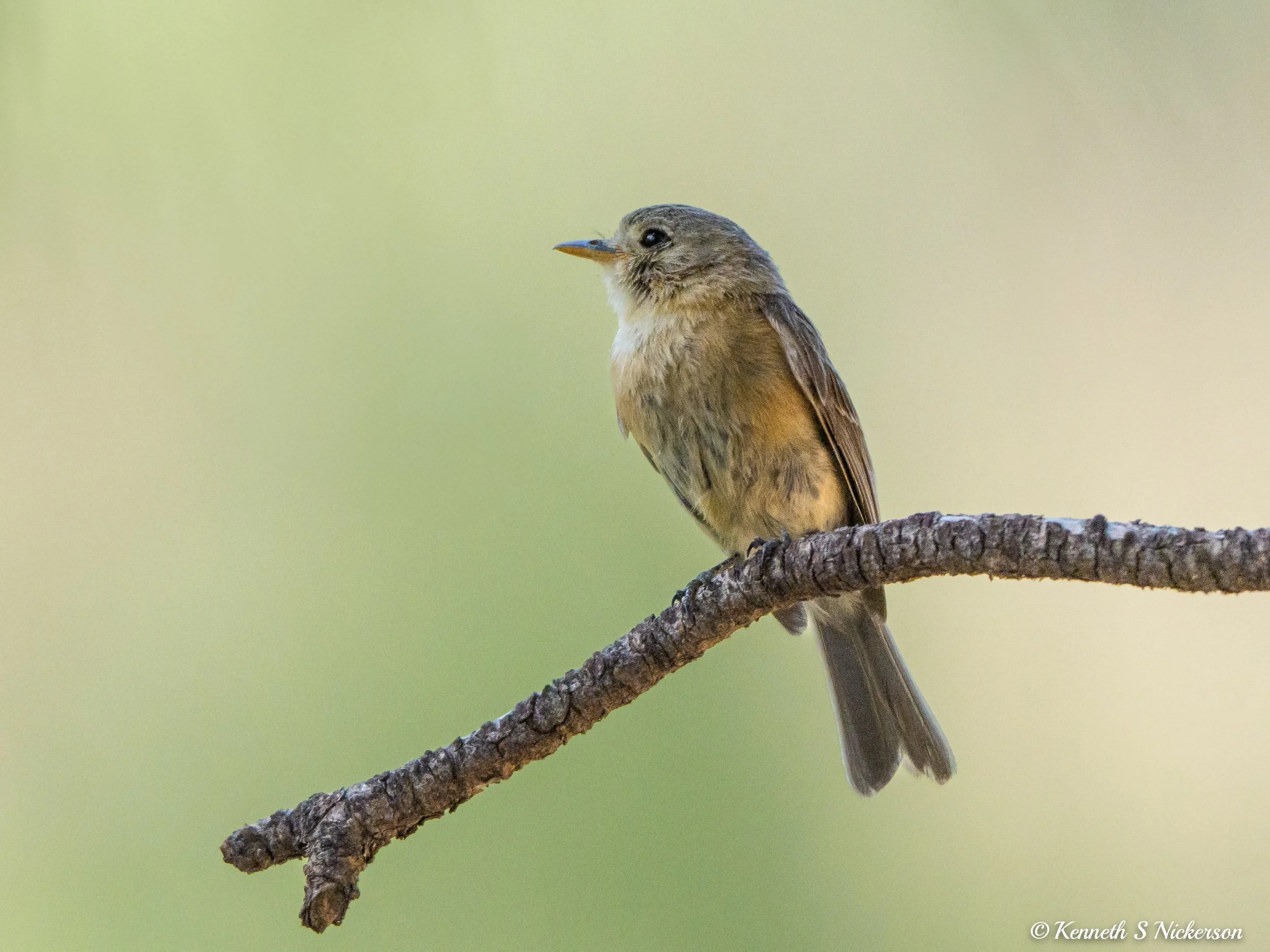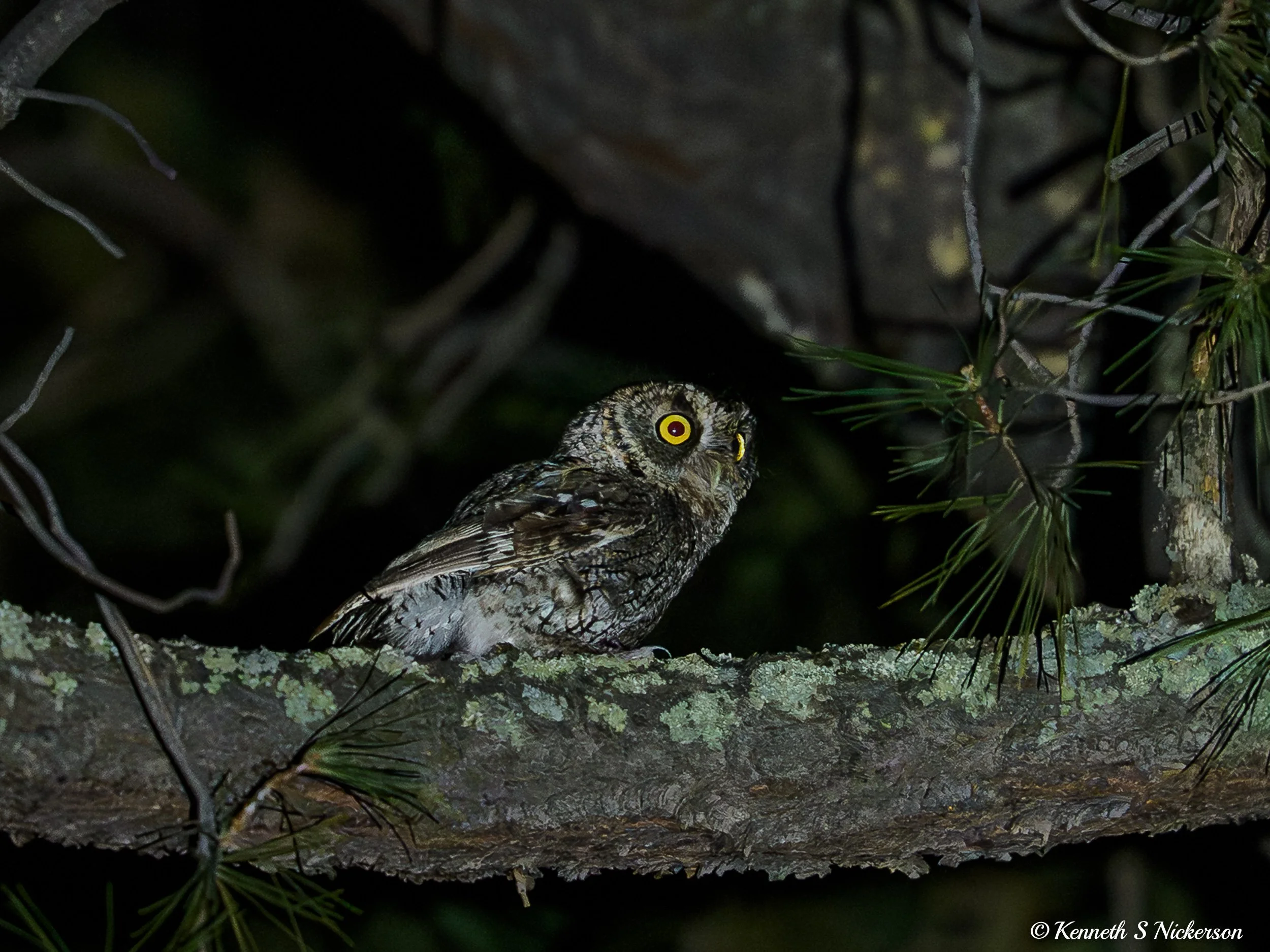Arizona Birding - High Mountains
On the morning of my 4th day, I drove to Portal Arizona, a town of about 80 people located on the eastern side of the Chiricahua Mountains just west of New Mexico. For my 5th day, I went up into the mountains with a birding guide, James Petersen, to search for a number of the high altitude birds. Above is a Red-faced Warbler, generally found at altitudes from 6500’ to 9200’ in Arizona and New Mexico. I was lucky as this was one of three target warblers, and we spotted this one almost immediately at our first stop at about 7000’.
This is a Plumbeous Vireo. It can be found as low as 3000’. My Merlin app had heard this species several times on my trip, but I had not been able to see it and get a photograph perviously.
This is the Brown-throated subspecies of Northern House Wren, only found in Mexico and SE Arizona. We sometimes have the much more common Northern subspecies nesting in our yard in Massachusetts.
After trying to get even a passible photo of a Mexican Chickadee at our first stop, we eventually gave up and moved farther up the mountain to about spot at about 7700’. Here I was able to get this somewhat disappointing, but clearly identifiable photo. Like the Red-faced Warbler, this is a high altitude bird only. However, unlike the Red-faced Warbler which can be found in some of the other mountains in Arizona and New Mexico, the Mexican Chickadee is generally only seen in the higher portions of the Chiricahua Mountains.
The Dark-eyed Junco is a very common bird seen throughout Alaska, Canada, and the lower 48 states. This is a Yellow-eyed Junco that can only be seen in Mexico, Arizona, and New Mexico, generally at altitudes over 4000’.
While the Steller’s Jay may be found as low as sea level along the Pacific coast, in general it prefers conifer and mixed mountain forests at higher elevations, between 3000’ and 10000’.
The US has 4 nuthatch species: White-breasted Nuthatch, Red-breasted Nuthatch, Brown-headed Nuthatch, and the Pygmy Nuthatch shown above. The White-breasted is common in our yard in Harvard. The Red-breasted can be seen in Massachusetts although I have yet to see one this year. I photographed the Brown-headed in Georgia in April, and this added the Pygmy Nuthatch to my life list.
For much of the time we were at the second stop, James could hear a Grace’s Warbler. However, it was only towards the end of our time there when one drop down from the tops of the 70’ trees to give me a good photographic opportunity. This was the second of our 3 target warblers. James could occasionally hear an Olive Warbler in the distance, but it was a ways off and we could not see it.
Eventually, we headed back down the mountain, but made one more stop hoping to see an Olive Warbler. One of the first birds we saw was this Buff-breasted Flycatcher, adding yet another flycatcher to my life list.
Next we saw this Western Bluebird. It looks quite similar to the Eastern Bluebird we have throughout Massachusetts. However, the orange from the breast also extends to the back on the Western Bluebird.
Finally, we got lucky when an Olive Warbler dropped down from the tree tops. Looking at this bird, you might wonder as I did, “Why is this called an Olive Warbler?” Both the male and the female birds do have a some olive coloring on their wings, and the immature birds do not have the orange heads (male) or yellowish heads (female), but still it seems like a poor naming choice to me.
James dropped me off at the lodge, but we made plans to meet up again a bit after sunset to look for some owls. The first owl we found was this Western Screech-Owl, only about 200 yards from my cabin. James highlighted him with a flashlight while I took this photo.
Next we searched for a Whiskered Screech-Owl. We were not successful at our first stop, perhaps a mile down the road entering the canyon, but at our second stop, we found this one. Visually, the Whiskered Screech-Owl and the Western Screech-Owl are rather similar. The easiest way to tell them apart is their calls. However, the Whiskered Screech-Owl has a yellow-olive bill versus a dark bill. It is also a bit smaller, but that is very difficult to assess unless two were right next to each other.
Overall, I had an excellent day adding 12 species to my life list. Two species that I added but were not able to photograph were the Common Poorwill which we could clearly hear while looking for the Western Screech-Owl and the Mexican Whip-poor-will which we heard looking for the Whiskered Screech-Owl.



